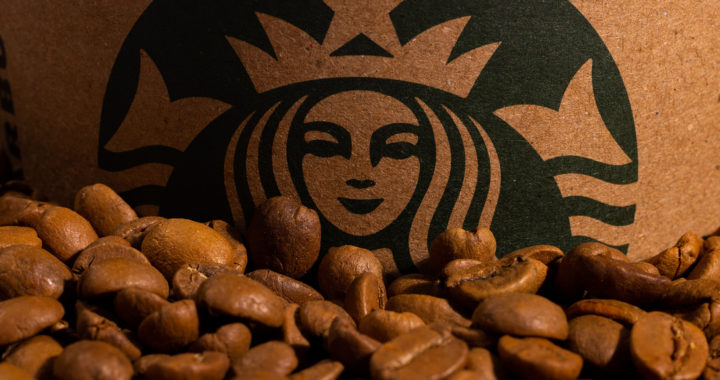Managing the supply chain of restaurants and other similar businesses is a critical part of its operations. This becomes more challenging for larger restaurants with expansive chains of stores located in different parts of the world. Take Starbucks as an example. Nevertheless, in considering its success and global presence, supply chain management is one of its strengths. This article discusses the elements of the supply chain strategy of Starbucks.
Elements of the Supply Chain Strategy of Starbucks: An Insight Into Its Supply Chain Management
Supply chain management is about managing the different requirements for an effective and efficient flow of goods and services such as raw materials and other inputs needed to produce final products. For Starbucks, considering that its business centers on selling coffee beverages and other food products, its raw materials and production inputs revolve around agricultural products, food products, and materials used for packaging or food presentation.
The company experienced challenges with its supply chain due to its rapid global expansion. It needed to source inputs and ship them to thousands of stores located across the globe. The entire process was expensive because its chain of supplies had grown complicated alongside its business expansion. Nevertheless, in considering these challenges, the goal of its supply chain strategy revolves around reducing costs, improving efficiencies, and reducing risks.
1. Process Optimization: Reducing Costs and Improving Efficiency
It was in 2008 when the company decided that it needed to reexamine how it procures and distributes supplies. Note that the costs of its supply chain had skyrocketed while the sales performance of its stores was either stagnant or declining.
Chief executive Howard Schultz tapped Peter D. Gibbons to oversee the supply chain management at Starbucks. It was revealed that the bulk of its costs came from outsourcing agreements for transportation, third-party logistics, and contract manufacturing.
Gibbons came up with a supply chain strategy centered on optimizing how the entire chain works to reduce costs and improve efficiency. This entailed restructuring supply chain activities into four main categories: plan, source, make, and deliver.
The company regrouped more specific supply chain functions in one of these four categories while also building newer capabilities around each. This approach allowed it to remove redundancies, negative externalities, and other wasteful activities.
2. Vertical Integration: Improving Control and Reducing Risks
Part of the supply chain strategy of Starbucks is a specific vertical integration strategy. The company has acknowledged it needs to lessen the bargaining power of the suppliers to manage its overall competitive environment and competitive position.
Vertical integration is part of the improvements introduced by Gibbons beginning in 2008. Its specific goal is to reduce costs associated with a complicated chain of suppliers and supplies while also improving control and reducing risks for disruptions.
The company now owns six several storage and processing facilities tasked to process raw materials and store processed inputs and end-use products. These inputs and products are then transported to a distribution center and further to regional warehouses.
Owning and operating facilities needed for processing, storage, and distribution allow Starbucks to streamline the logistical requirements of its thousands of stores in more than 60 countries while also ensuring that standards and quality controls are observed.
3. Relationship Management: Creating Win-Win Situations with the Suppliers
The company still outsources several aspects and requirements of its supply chain. Part of its approach to supply chain management is the more specific supplier relationship management aimed at building and maintaining relationships with the suppliers.
Starbucks sources its coffee beans and other raw materials directly from about 30000 farms and food producers in countries in South America, the Middle East, and Asia. Suppliers are selected based on its Coffee and Farmer Equity and Coffee Sourcing Guidelines.
Each potential supplier must meet its standards. Existing suppliers undergo regular audits to ensure that these standards remain in place. The company also provides regular training and support to improve the capabilities of its suppliers.
Mandating adherence to standards and protecting the interests of the suppliers are critical to Starbucks. These two activities promote quality assurance, determine and mitigate risks, uphold innovation and sustainability, and build competitive advantage.
4. Sustainable Approaches: Ensuring Long-Term Business Success
Take note that sustainability is another critical element of the supply chain strategy of Starbucks, as well as an important principle and practice in its entire value chain management, corporate social responsibility, and overall business strategy.
Starbucks has committed itself to sourcing raw materials and other inputs ethically. Remember that its suppliers need to follow strict standards and guidelines that take into consideration environmental protection and fair labor practices.
The company also rolls out training and programs to make its suppliers more sustainable. These include activities and structures that support sustainable practices including energy and water conservation and improved waste management.
Starbucks supports the mainstream consensus that companies need to factor in sustainability in their business models as part of their responsibilities to society and in accordance with their long-term vision as thriving business organizations.






